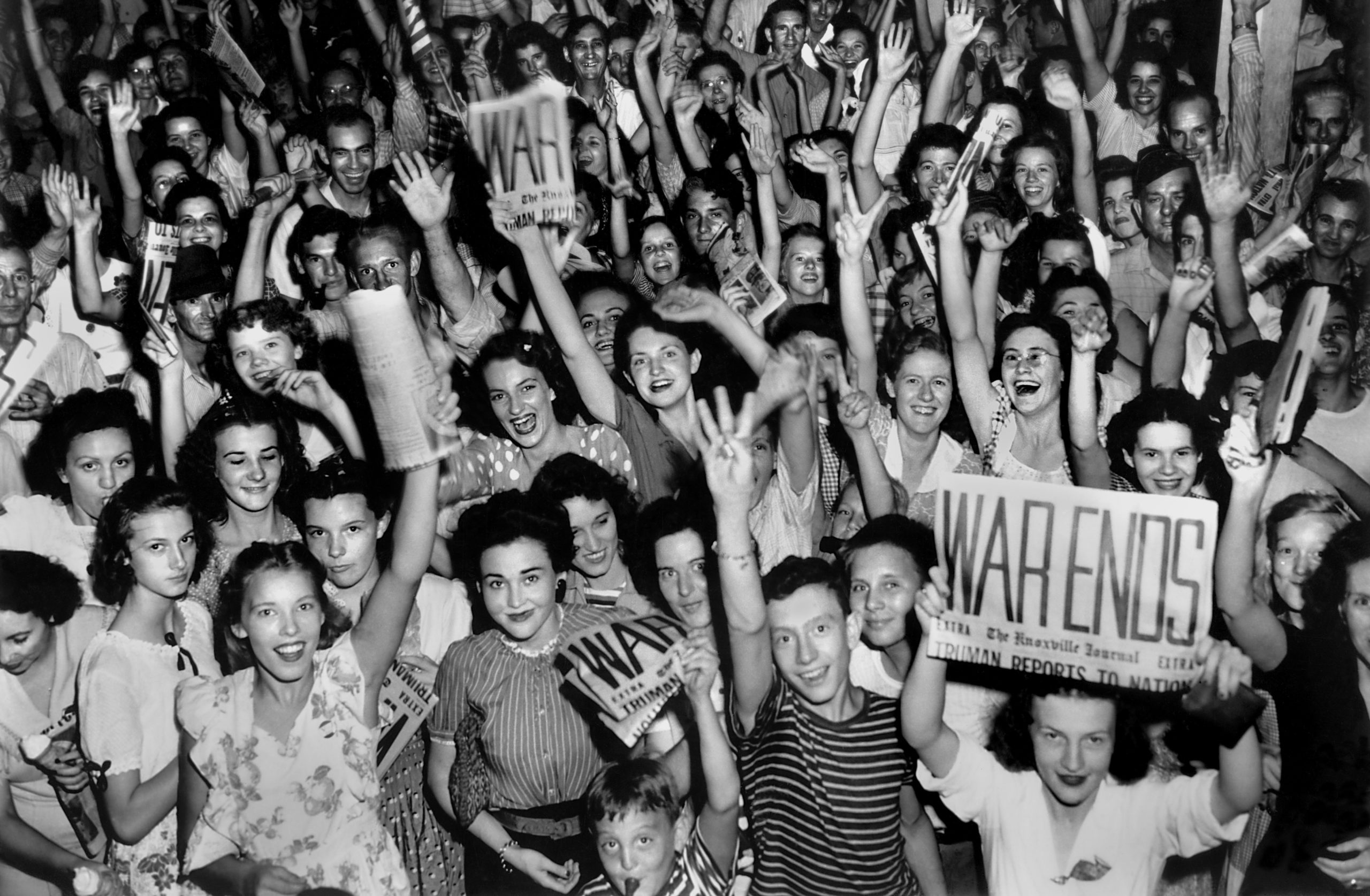Neil Storey and Chindit veteran John Riggs reflect on the end of WWII and the forgotten soldiers who kept fighting after the War in Europe ended
Subscribe to All About History now for amazing savings!
15 August 2020 marks the 75th anniversary of the surrender of Japanese forces and the effective end of World War II, a little over three months after the war had ended in Europe. In the UK, VE Day is the more marked of the two events for obvious reasons, but this year Royal British Legion Industries is looking to build awareness of VJ Day and more specifically the veterans who kept on serving the war effort in the Pacific.
“This is a military story of ordinary men and women of many races, faiths and cultures who worked together to defeat a deadly enemy,” says historian Neil Storey who has worked with RBLI on the educational resources for its VJ Day awareness campaign. “They were told they were fighting for freedom, for rights and justice, for some it would be the first step on a very long road to freedom and equality. For some that fight still goes on. Many also continued a very personal fight against the physical and mental legacies they were left with for the rest of their lives.”
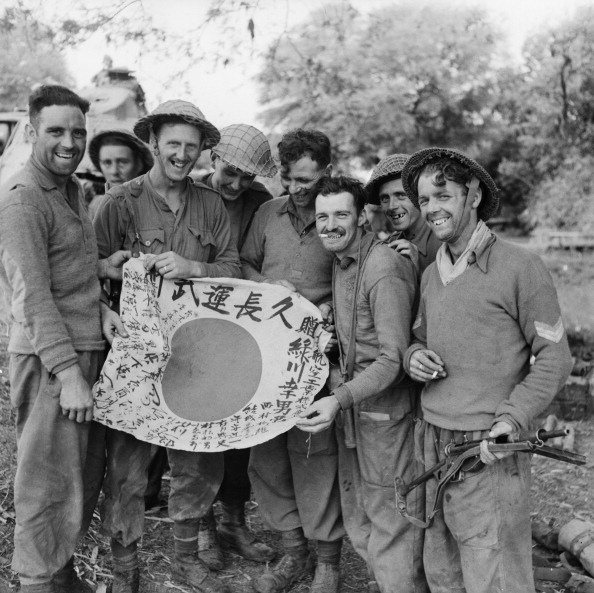
To help bring a new focus and appreciation for the service and sacrifices made during WWII, RBLI has launched it ‘Tommy in the Window’ campaign with a selection of educational materials and videos to give us a better understanding of the experience of soldiers in the Far East.
One of those soldiers is John Riggs, veteran ‘Chindit’ who is now 100-years old. The Chindits, officially known as the Long Range Penetration Groups, were members of the British and Indian armies who fought in the Burma Campaign and launched raiding attacks on the Imperial Japanese Army deep behind their lines. It was hot, uncomfortable and challenging work.
“It all seemed quite exciting, and it was sold to us as such… ‘a piece of cake’ we were told by commanders, where we’d have ‘great fun trekking’ with mules,” Riggs explains, but the reality was hard going. Monsoon rains hampered progress, heavy packs became heavier as they were soaked in water and mud.
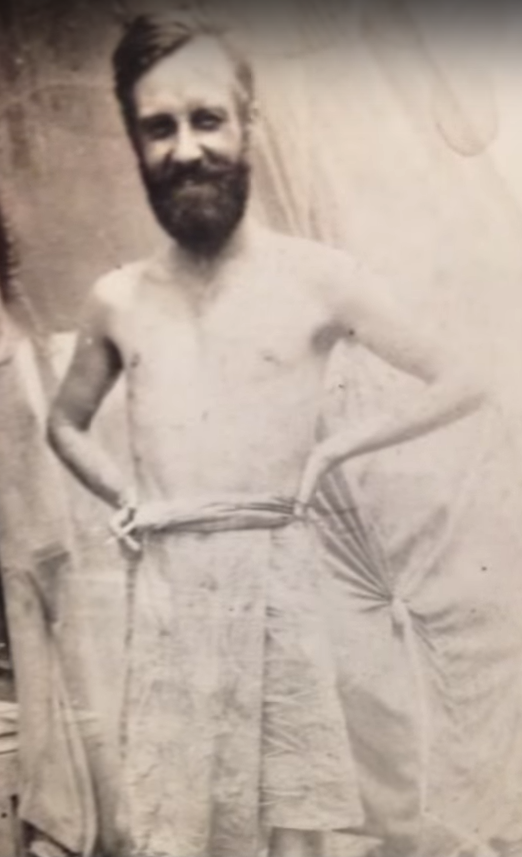
“The great heroes were the guys who carried a Brent gun on top of a seventy-pound pack uphill and down dale,” says Riggs. “I must say it was alright for the officers because we already had something else to worry about than our feet hurting and backs breaking with these rotten packs. Though I can still the pack dragging on my shoulders now – I’m not a big person and I certainly wasn’t then. But the ordinary guy, slogging along mile and mile, their fortitude was really astonishing.”
And as Storey points out, the Burma Campaign notable for its multinational and multicultural makeup. “It is often forgotten the Burma Campaign was one of the most multicultural in the history of warfare. When South East Asia Command was established in 1943 it encompassed over 40 different nationalities, included both male and female service personnel serving on land, sea and in the air and drew its greatest strength from the volunteer armies raised across India. Indeed, by 1945 the Indian Army had risen to over two million personnel, the largest volunteer army in history.”
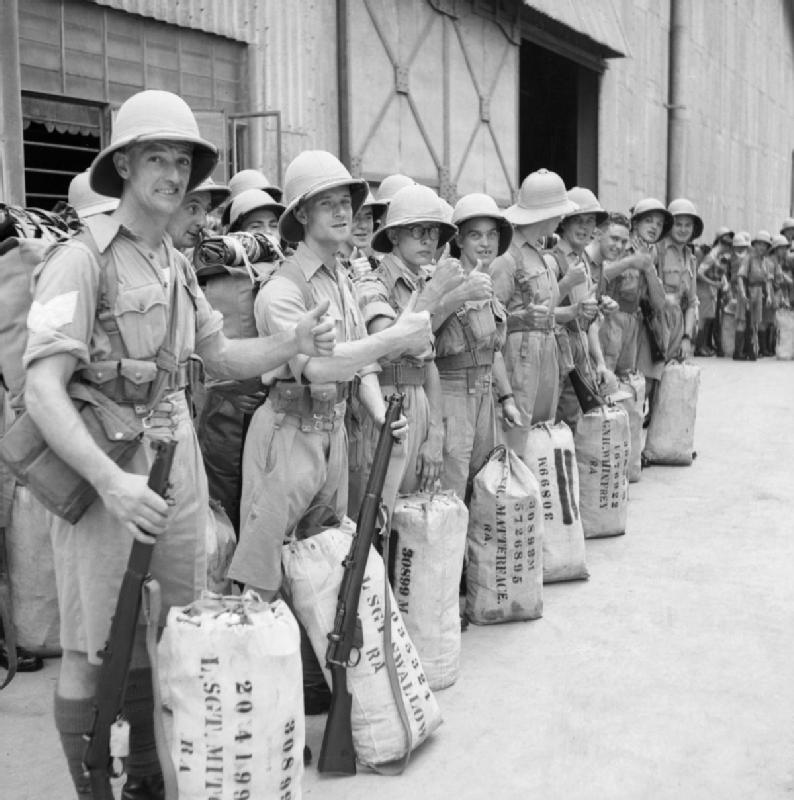
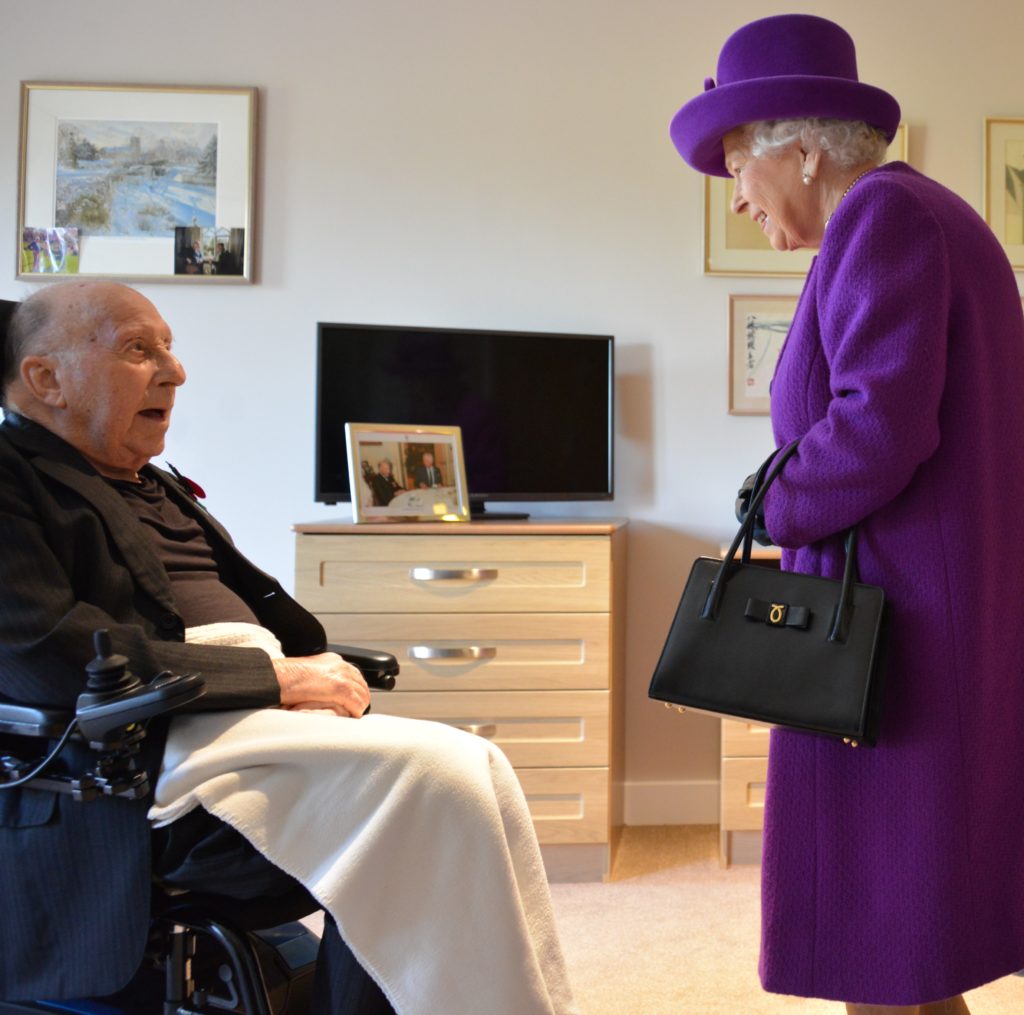
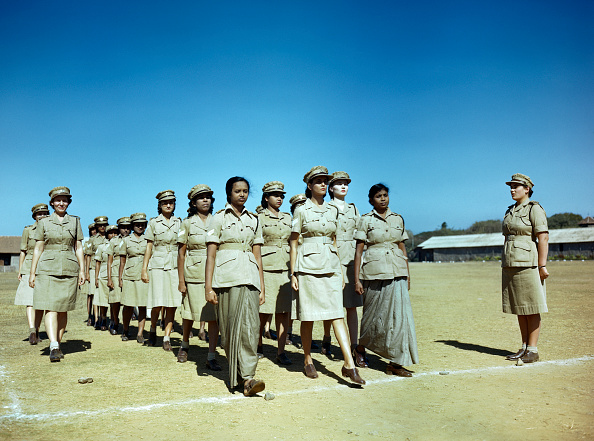
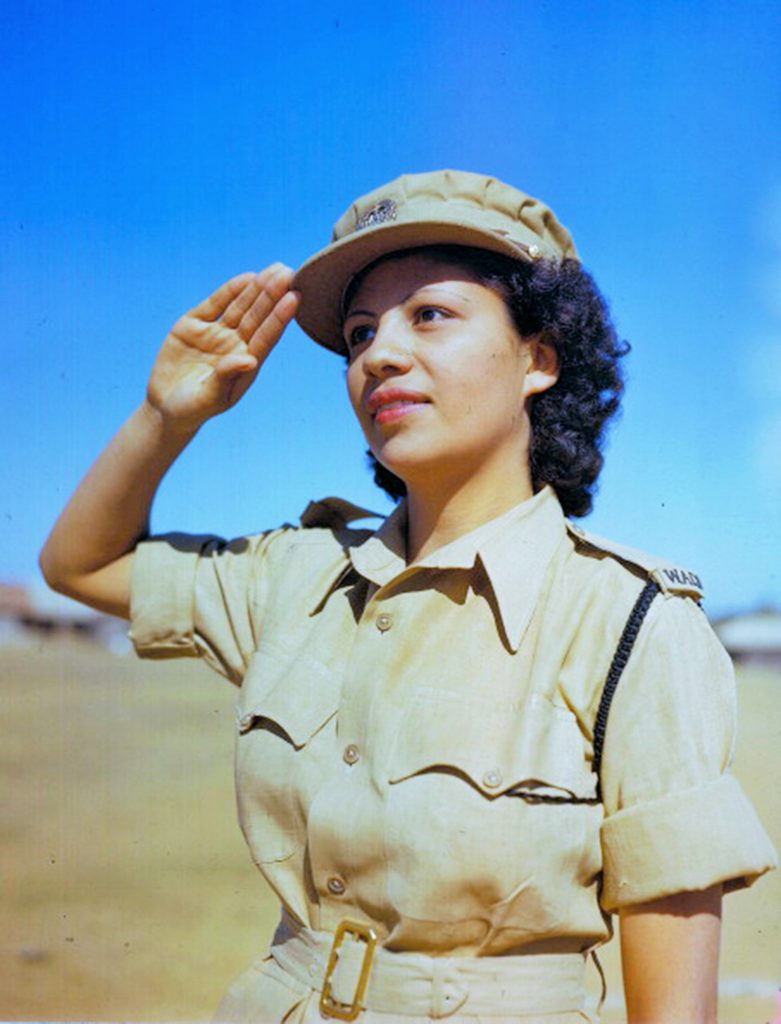
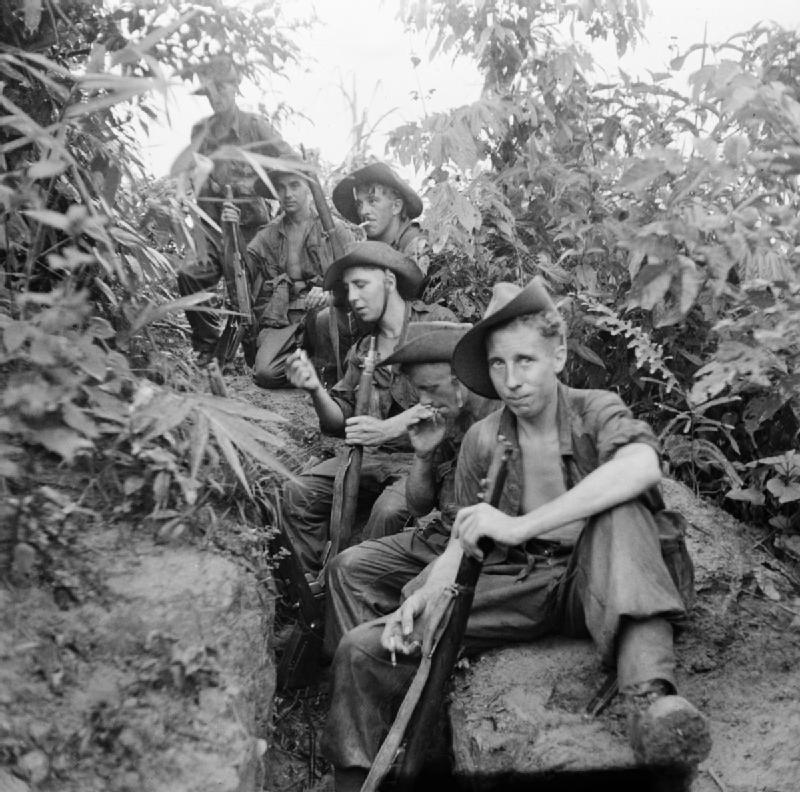
You can learn more about VJ Day from Neil Storey and John Riggs over at RBLI.co.uk as well as resource packs for teaching or setting up a VJ Day Party.
Banner image source: wiki/Ed Westcott /Department of Energy Oak Ridge. All subsequent images courtesy of RBLI
Subscribe to
All About History now for amazing savings!


